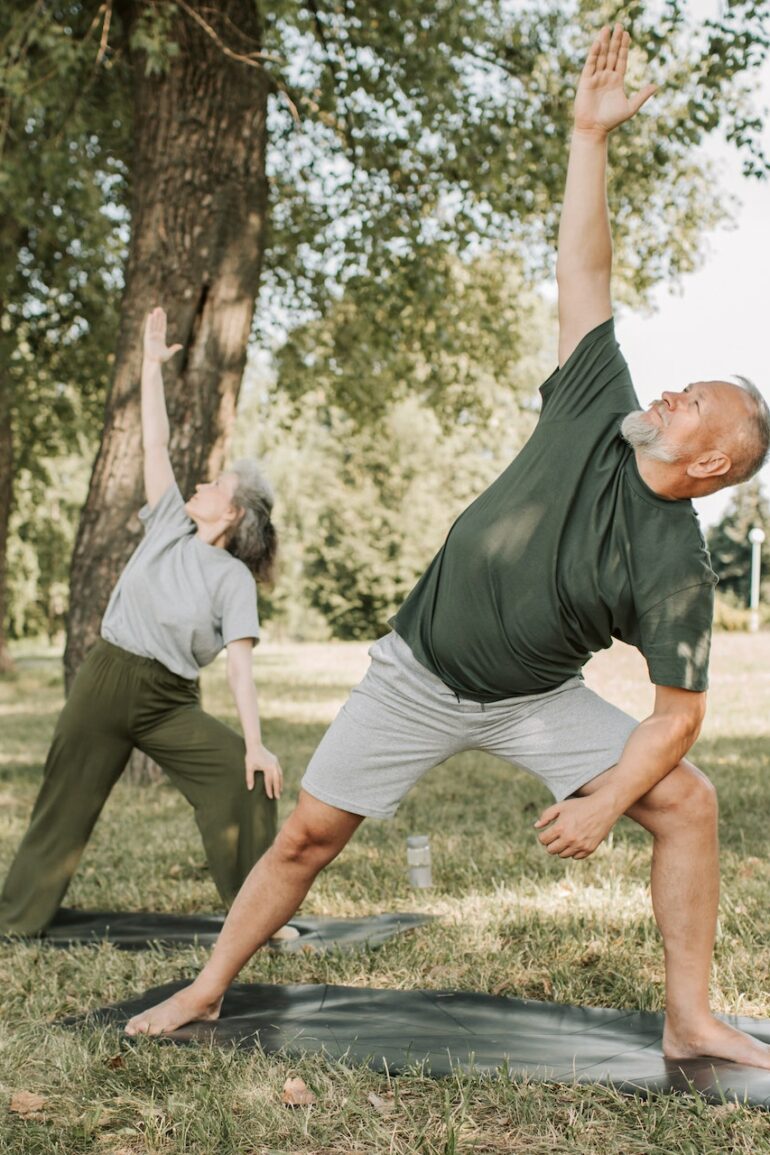Table of Contents
In today’s fast-paced world, every equine owner should have a solid and effective infection control plan. Besides vaccination and deworming, infection control implements strategies for keeping horses healthy by optimizing disease resistance and lowering the risk of disease introduction and spread. An infectious disease outbreak can be detrimental and lead to permanent impairment, costly treatment, and lost business. This article explains four easy but effective ways to manage infection in horses.
Assess Unique Needs
The most basic part of an infection control plan is evaluating the risk for infectious diseases based on age, use, health status, and housing. While all horses should receive core vaccines like tetanus and influenza, a veterinarian may recommend other vaccines depending on your horses’ unique needs and risk for exposure to diseases. To boost infection resistance, they may recommend Equine Herpesviruses, Streptococcus Equi, and rotavirus vaccines. When your veterinarian suggests an anti-arthritic for your horses, this article will be helpful.
Apart from vaccination, a veterinarian assists in creating a deworming program. Contrary to the common belief that deworming only involves the administration of anthelmintic drugs, it entails much more than this. Deworming programs involve three key things working in unison. First, create a rotational paddock management strategy with periods of paddock rest. Second, developing a droppings removal plan, deworming with drugs and testing droppings for worms periodically.
Comfortable Housing
Comfortable housing is a vital but overlooked part of infection control and management. Equines should be as comfortable as possible to reduce stress levels and disease vulnerability. Since horses are ’emotional’ creatures, stress adversely affects them, resulting in aggressive behavior, stunted growth, decreased reproductive capacity, and impaired immune systems.
Whether you house your horse in a stable, barn, or stall, ensure it is protected from harsh weather conditions and has a safe and dry place to eat and rest. The housing should be clean, spacious, disinfected, and well-ventilated. It should also be safe to avoid injury, and the bedding tidy and dust-free to lower the risk for respiratory illnesses. Notably, equine managers should have a dropping management system to lessen the risk of pest infestation. Droppings and spoiled bedding attract insects and pests and host harmful germs.
Overstocking is a common occurrence in horse housing. While it saves space, overstocking is harmful to both horses and pockets. First, horses are likely to fight and injure themselves, compromising their health and well-being and needing treatment. Second, overstocking increases stress levels among equines, increasing susceptibility to contagious diseases. Third, parasitic worms become rampant, especially from droppings.
Appropriate Nutrition
Like humans, nutrition is fundamental in promoting innate immunity or natural resistance in horses. Every horse requires a healthy balance of proteins, minerals, vitamins, energy, and water to grow healthy and improve immunity. It needs clean and accessible water to maintain healthy digestion, improve appetite, and promote temperature control.
Although grass meets a significant part of a horse’s nutritional requirements, supplementation is invaluable for certain horse groups. You may need vitamin and mineral supplements for young horses, pregnant mares, and performance equines. All horse feed should be high-quality and stored appropriately to reduce wastage and contamination risk.
Isolate as Needed
When it comes to horses’ infection control, isolation is critical. Equine owners should invest in sanitary and well-equipped isolation units away from the main paddock and stable for new and sick horses. All new horses should undergo a quarantine of up to three weeks before they can join the rest of the herd. This period allows for monitoring for symptoms like skin disease, high temperature, diarrhea, weight loss, and nasal discharge. Isolation goes a long way to reducing infection rate, mainly from new horses incubating disease or are symptomless carriers. Do not forget to assess the background and vaccination status of all newcomers.
Similarly, isolate sick or injured horses to allow diagnosis, treatment, and recovery. During isolation, it is best practice to keep affected horses away from the public, avoid nose-to-nose contact with other horses, and disinfect units regularly. Also, caregivers for isolated horses should wear PPEs –coveralls and gloves and have dedicated equipment for this facility. If possible, individuals caring for isolated horses should not look after healthy ones.
Besides isolating new and sick horses, it is best practice to isolate them from environments that pose a disease threat. Firstly, shun exposing your hoses to unfamiliar mates to prevent disease transmission. While your horse may be social, don’t allow close interaction with other horses in a training session, competition, or outing. In a nutshell, maintain social distance from other horses.
Secondly, when transporting horses in trailers, do not forget to clean and disinfect them. In addition, avoid sharing feed, water containers, saddle pads, and lead ropes with unfamiliar horses. Thirdly, stay updated on equine disease alerts in your locality, and take precautions during outbreaks.
Infection control and management are crucial for horses’ welfare and health. While such management requires time, effort, and financial resources, it keeps horses free from infectious diseases and maintains performance. It also saves you the cost of diagnosis, treatment, recovery, loss of use, and lost business when horses get sick. The tips discussed above lower equine disease risk, boost resistance against infectious illnesses and ensure horses stay healthy and fit.
Aging is associated with declining mobility and daily functioning
Coming out is a complex, personal process that happens
If you’ve had skin cancer and have recently undergone




